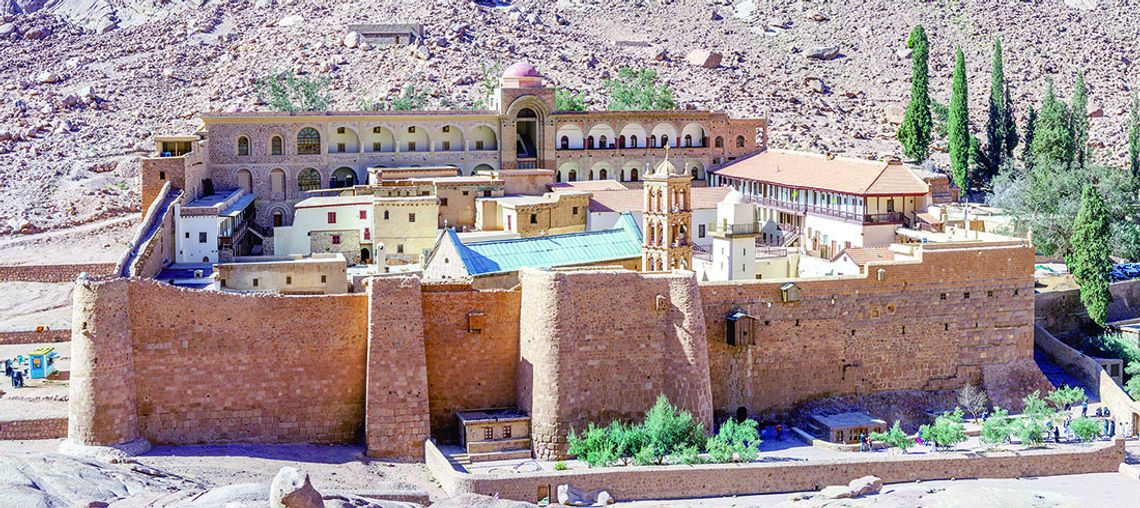DELIBERATELY DIVERSE | by Frances Sorrow
Deliberately Diverse represents the thoughts and opinions of a group of Taylor friends who almost never completely agree about anything, but who are gratified by the opportunity to stimulate deliberately diverse discussions in our beloved community. Today’s column is by Frances Sorrow, a Taylor resident. It does not reflect the opinion of Taylor Press.
In the last half of the 19th century, western institutions sent out scholars to find ancient biblical manuscripts. Two of the least likely of these were twin Scottish sisters.
These were Agnes Smith Lewis and Margaret Smith Gibson, born in 1843, and reared by their father who believed in education for girls. When they were 23, their father died, leaving them an enormous fortune. By then they were fluent in five European languages, along with Greek and Hebrew.
After a trip to Egypt in 1867, they learned Arabic and modern Greek. And after early widowhood, both mastered written Arabic. Agnes studied Syriac, a form of Aramaic closely related to that spoken by Jesus.
In January of 1892, they went to Cairo to gain permission from the Greek Orthodox Patriarch to visit St.
Catherine’s Monastery in the Sinai. A friend at Cambridge had found some ancient manuscripts there, but wasn’t allowed to examine a small closet. He suggested the sisters try to get permission to check the closet.
In spite of their friend’s dire warnings of snakes, sandstorms and other dangers, the sisters arranged for a camel caravan for 11. This not only included tents, cots and all other winter camping needs, but enough live turkeys and chickens to provision the 11 members of the caravan for the 18 day round trip, plus the 40 day stay at the monastery.
They were enthusiastically welcomed at St.
Catherine’s, and after a few days were allowed to check that mysterious closet. In it, Agnes found a wadded manuscript, with the title “Lives of Women Saints.” It dated to 697 C. E.
Agnes spotted other writing below the Greek text. She realized she had a palimpsest. Before paper was invented, early writings would be scraped off and written over. In a few hundred years, the earlier writings would show up.
It was zero degrees in their tent, but the sisters used their tea kettle to steam the pages apart.
They found almost 400 pages written in Syriac They photographed each page. Agnes could tell from the headings that they’d found a Syriac version of the gospels.
When the sisters returned to Cambridge, they developed the plates and showed them to the best Syriac scholars, who confirmed their findings.
In 1893, another and larger caravan, funded by the sisters, returned to Sinai. The Syriac experts transcribed the document, and eventually it was published.
The twins continued their visits to Egypt, Greece and Europe to photograph ancient documents. They also continued studying languages.
Eventually German, Scottish and American universities gave them honorary doctorates.
A good read, “The Sisters of Sinai,” by Janet Soskice.




